Smart Training for Your Joints (Part I)
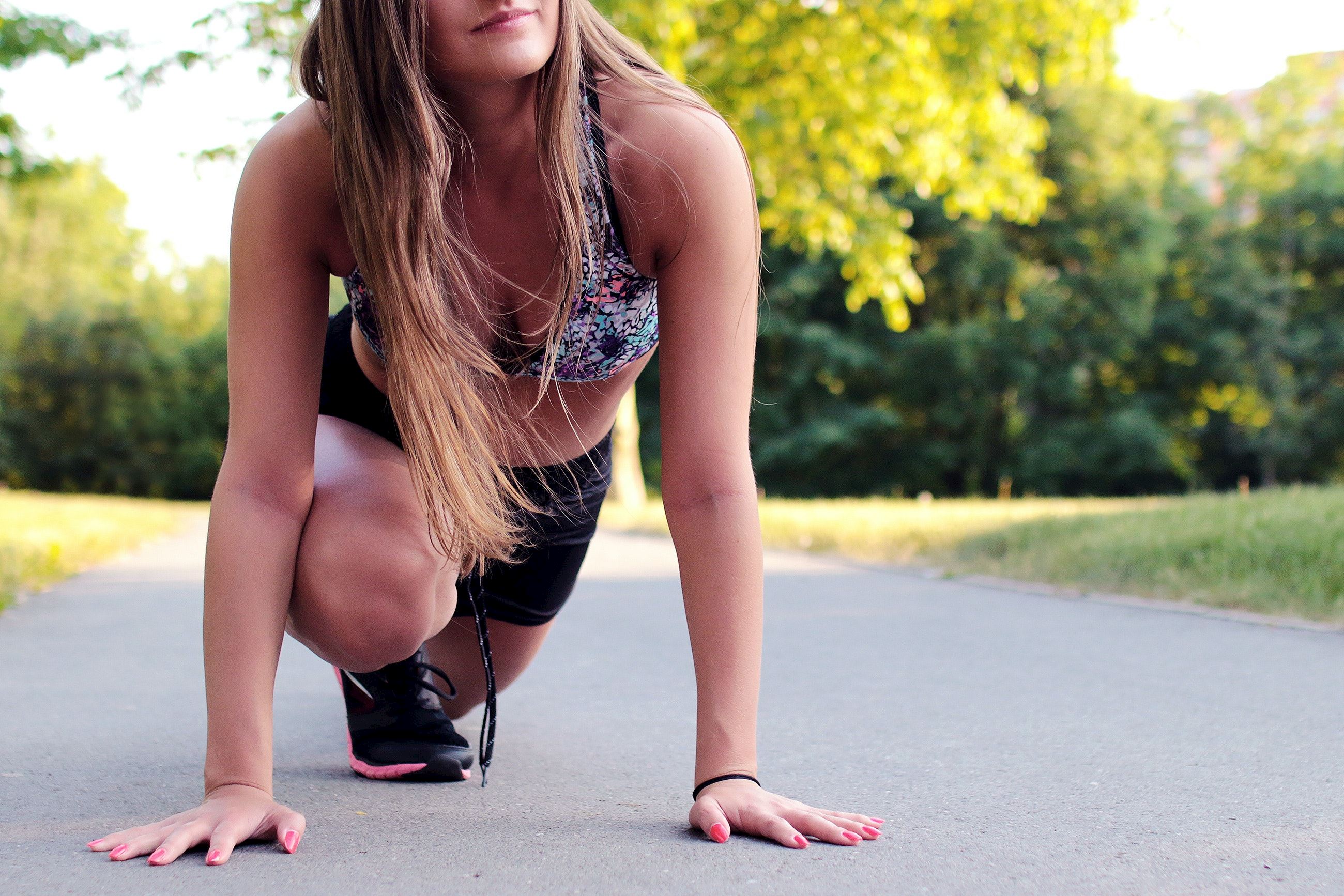
Running has numerous health benefits including improving your cardiovascular conditioning, providing an outlet for stress relief, and being a tool for weight management. However, running is considered to be a high impact sport, this means with every step you take you increase the forces the joints need to absorb thanks to the physics involved with gravity and ground reaction forces. When thinking about common running injuries that end up affecting your joints such as the hips, knees, or ankles, many health care professionals including physical therapists, like myself, think that many non-traumatic injuries are preventable with proper strengthening and muscle firing engagement, flexibility, and adequate recovery.
We have a bunch of exercises you can try for the core and lower body for the prevention and rehabilitation of some injuries. All that is required is your body weight and maybe a mat for comfort. Try to do these exercises 2-3 times a week. If you are currently injured, check with your health care professional to see if these exercises are appropriate for you.
Exercises for the Core and Hips:
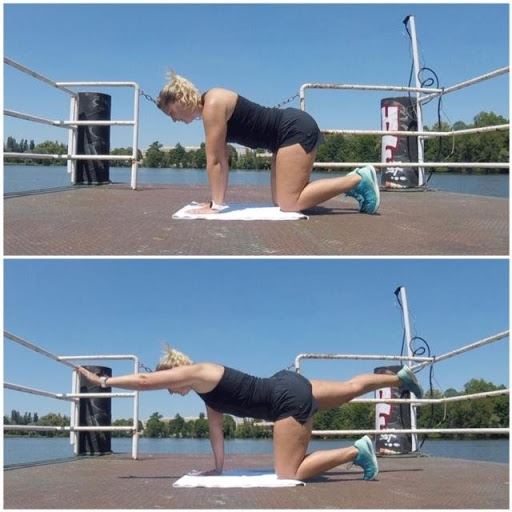
Bird/Dog: Start on your hands and knees, hands under shoulders and knees under the hips. Tighten your abdominals and lift the left arm straight to the front and the right leg up straight to the back, keeping your pelvis in neutral. Hold for a breath and lower back to starting position. Repeat on the other side. Do for 10 repetitions on each side.
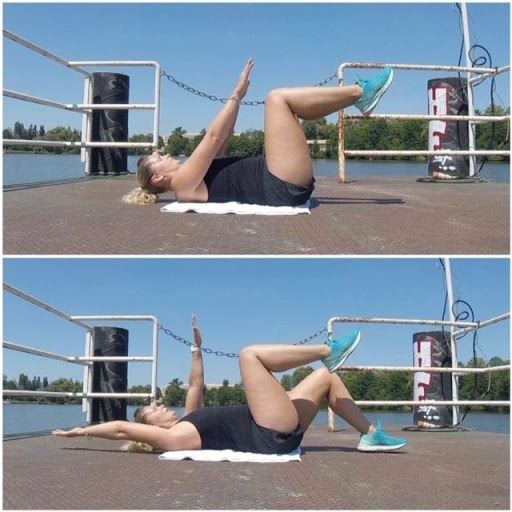
Dead Bug: Lay on your back with your knees bent and elevated above your hips with hands reaching up to the knees. Tighten your abdominals as you lower the left arm overhead and extend and lower the right leg towards the floor, keeping the low back in contact with the ground. Hold for a breath and raise back to the starting position. Repeat on the other side. Do for 10 repetitions on each side.
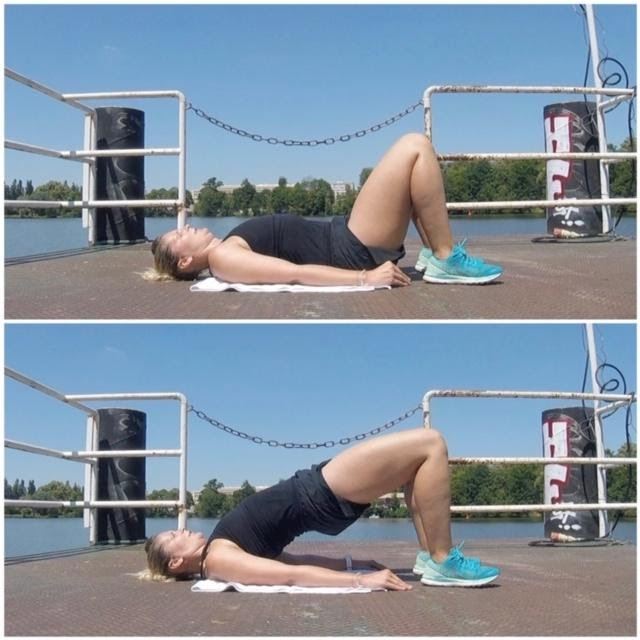
Bridge: Lay on your back with both knees bent, hip-width apart, and feet on the floor. Tighten your abdominals and begin to lift your glutes towards the ceiling while keeping your knees hip-width apart. Hold for a breath and begin to slowly lower down starting from your shoulder blades, dropping one vertebra down at a time, creating a letter C with your spine, until your glutes hit the floor. Do for 10 repetitions.
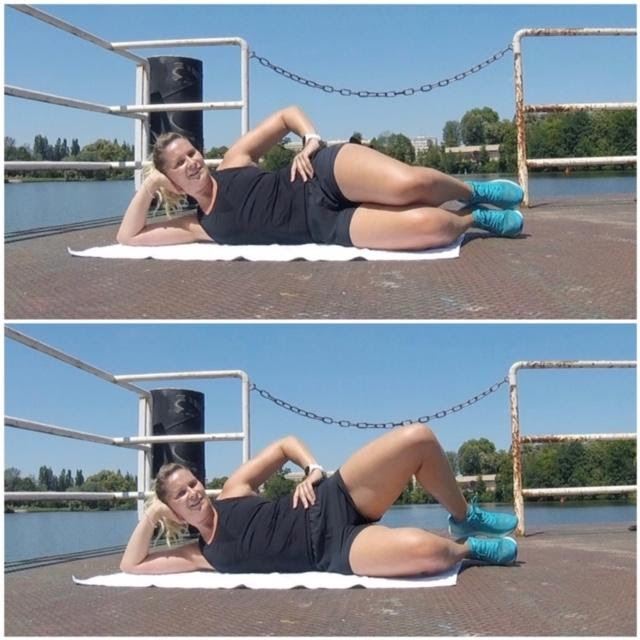
Sidelying Clamshells: Lay on your side with your knees bent and stacked one on each other. Tighten your abdominals, keeping the heels of your feet together, begin to rotate the top knee up towards the ceiling. Hold for a breath and slowly lower back to the starting position. Repeat for 10 repetitions and then repeat on the other side.
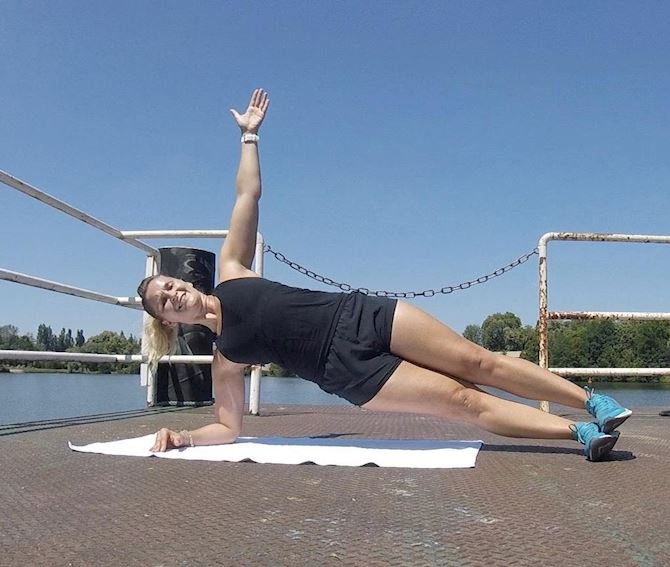
Side Plank: Lay on your side with legs straight and stacked one on each other. With your weight on your forearm and bottom side foot, lift your hips into the air to create a plank position. Hold for 30 seconds. Repeat on the other side.
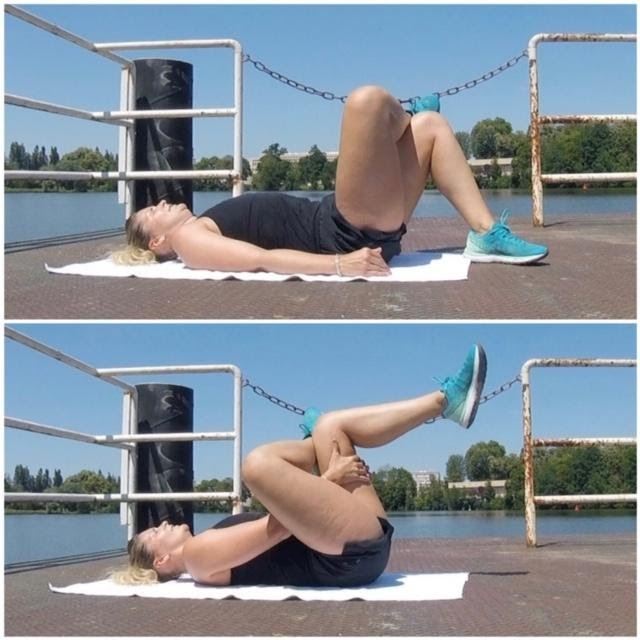
Piriformis Stretch: Lay on your back with your knees bent and feet on the floor. Lift the right ankle to place on top of the left knee and turn the right knee out away from you. With your hands, grab the left thigh and pull the left leg up from the ground bringing the knee towards your chest. Hold for 30 seconds. Repeat on the other side.
These exercises are meant to be a guideline but their purpose is to provide postural correction, education, strengthening, flexibility, and balance. Each component plays a part in the act of running. By having the under utilized muscles firing correctly and improving our muscle's natural resting length, we become overall more efficient which is necessary to help avoid injuries in the future.











